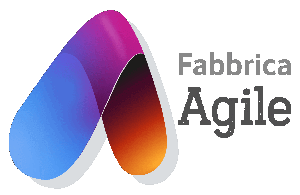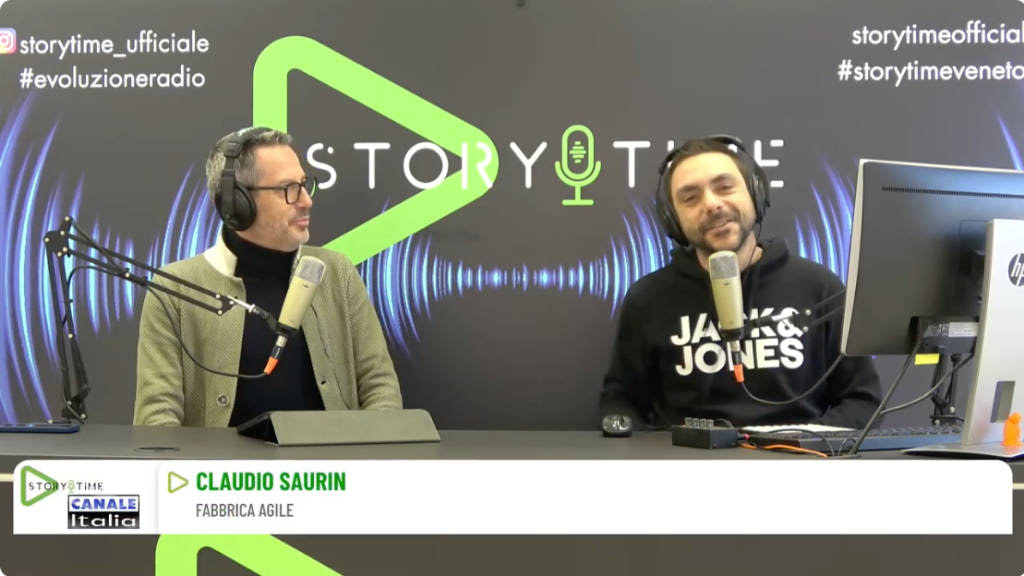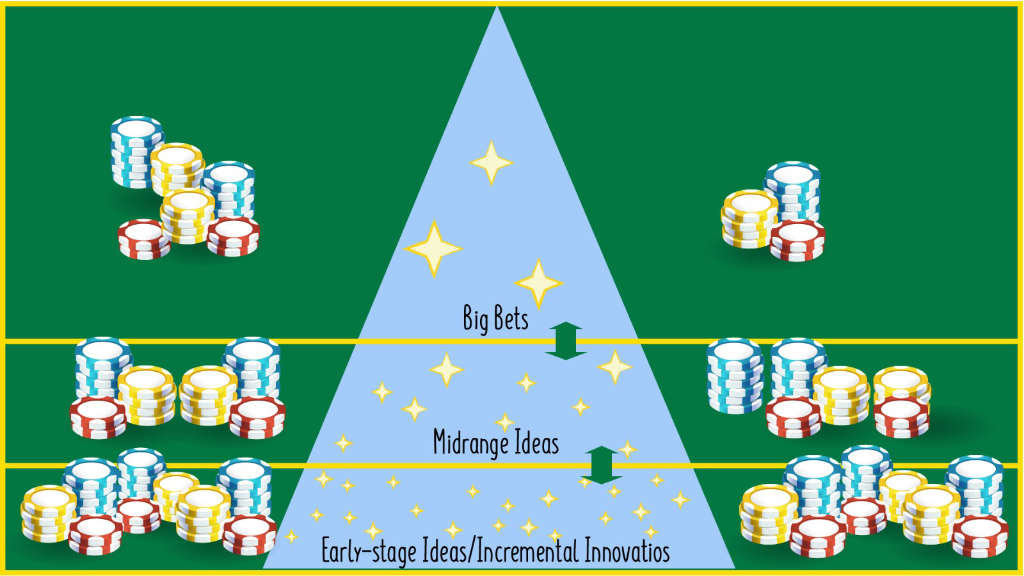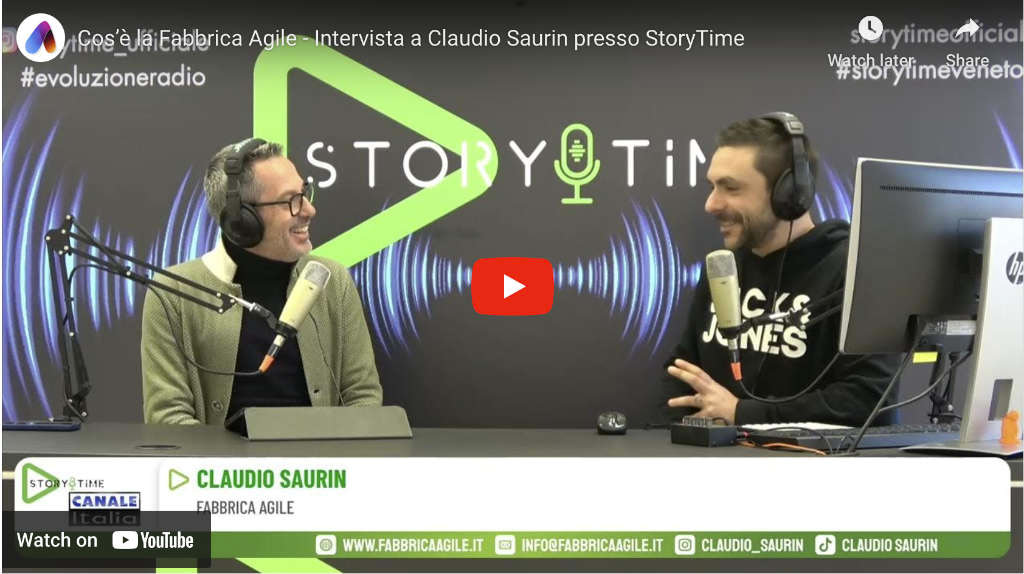In my previous newsletter, “The Agile Approach and Industry 5.0,” I argued that the Agile approach could be a cornerstone of this new 5.0 way of doing business.
I’m wondering whether Italian companies, which are small and still have an artisanal footprint, have a chance to seize this opportunity of the 5.0 paradigm.
I think if they fail to grasp it, their future may be greatly affected.
From what I have been able to analyze and observe from my experience with these kinds of companies, the Industry 4.0 paradigm is still difficult to adopt.
Indeed, it is a technological paradigm geared toward digitization and artificial intelligence, which requires new skills.
Craft firms, thanks to a strong human presence, are flexible and able to highly customize products, which are then built in low volumes or often in one-offs.
Thus, the volumes of information needed to perform certain types of analysis on the data are also lacking in many cases.
In any case, technology alone is not enough, because these are companies heavily based on the human component.
It is unthinkable that the organization of work in craft realities remains romantically identical to what happened in the enterprise before Industry 4.0.
How does it come out then?
Agile approaches are particularly suited to these types of craft companies and fit well with the human-centered, sustainable and resilient vision of Industry 5.0.
Agile approaches alone are not enough because the technological aspects of the 4.0 paradigm must still be integrated.
Products should then be designed so that they and the construction process themselves have a low environmental impact.
Agile approaches, which greatly push teamwork, are also well suited to the integration of expertise from outside the company.
This can be reconciled nicely even with small entities, and the case, which I briefly summarize below, is an example.
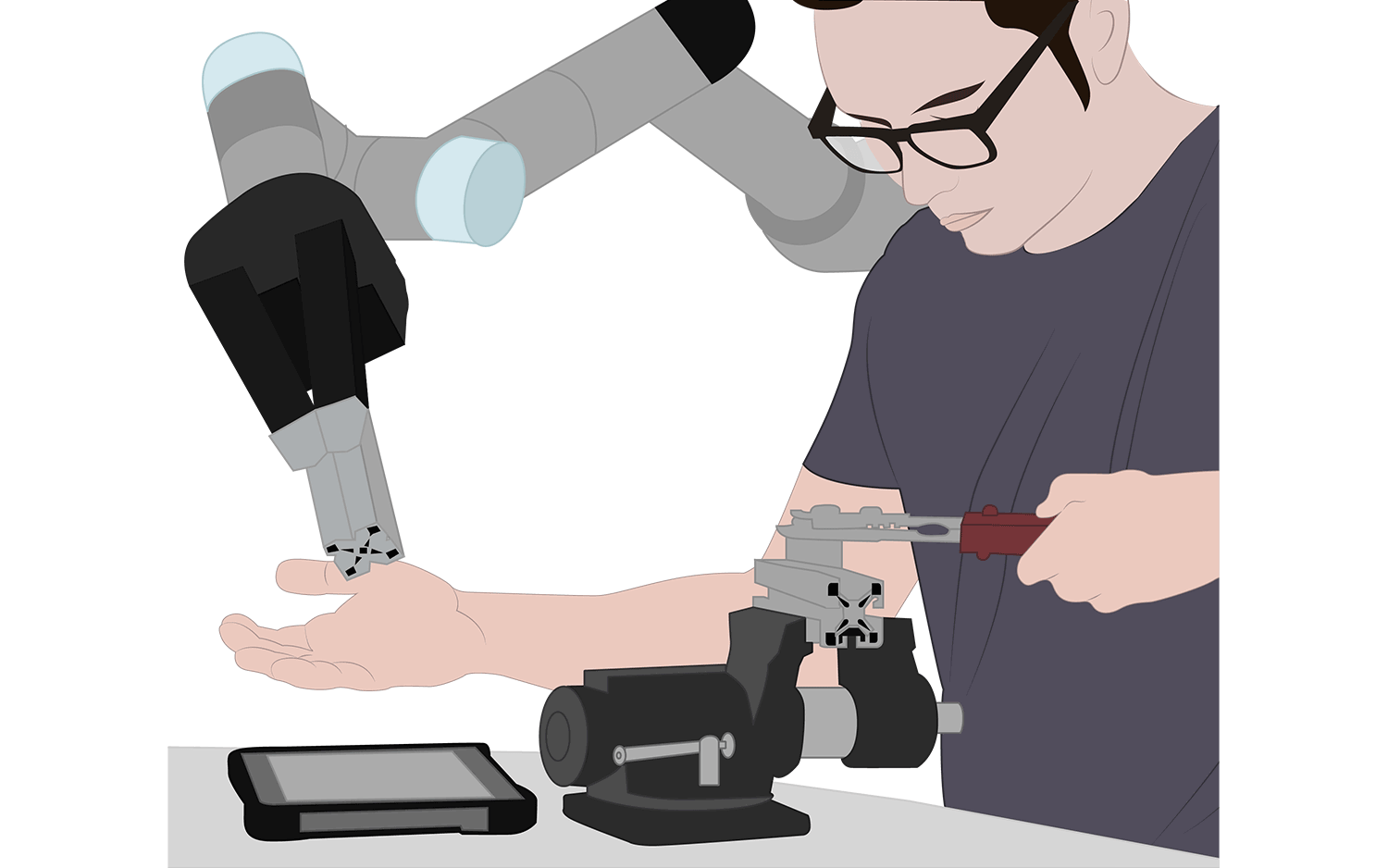
I’m thinking of a small artisan business I know that creates designer jewelry and accessories.
They are polymateric products,that is, using different materials, developed by taking care of low environmental impact.
Owner Laura Santi is also the designer of her own products, and she leads a small staff of female employees.
I helped the owner, in the development of a funding application document included within the “Women’s Enterprise Fund,” which in turn was included within the NRP.
The document is also in fact a business plan, which is valid regardless of whether or not funding is provided.
The reality is small and cannot afford to have all the required expertise in-house. However, professionals, easily accessible via the Web, with the necessary skills are available.
With my little help and the network of professionals identified, the designer and business owner has:
- Prepared an e-commerce platform specifically configured for its needs (which will be operational by mid-September)
- acquired an ERP in SaaS mode, with the necessary functionality to manage the process of internal and external production of its products
- Decided to develop 3D models of new creations, in order to be able to quickly make prototypes, through 3D CAD modeling services and subsequent 3D printing
- Decided to adopt Agile approaches to the organization of their microenterprise
In the plan, he planned to increase the effectiveness of the e-commerce site by preparing it for the metaverse.
This means that these jewelry and accessories will have a very realistic three-dimensional representation.
In other words, they will be real digital cufflinks to be worn virtually.
This will be generated by selected professionals who will start from appropriate sequences of photos taken on the products themselves.
I think this is an example of craftsmanship 5.0
All this is to say that even a small craft business, with limited economic resources but great vision on the part of the owner, can aspire to the Industry 5.0 paradigm.
